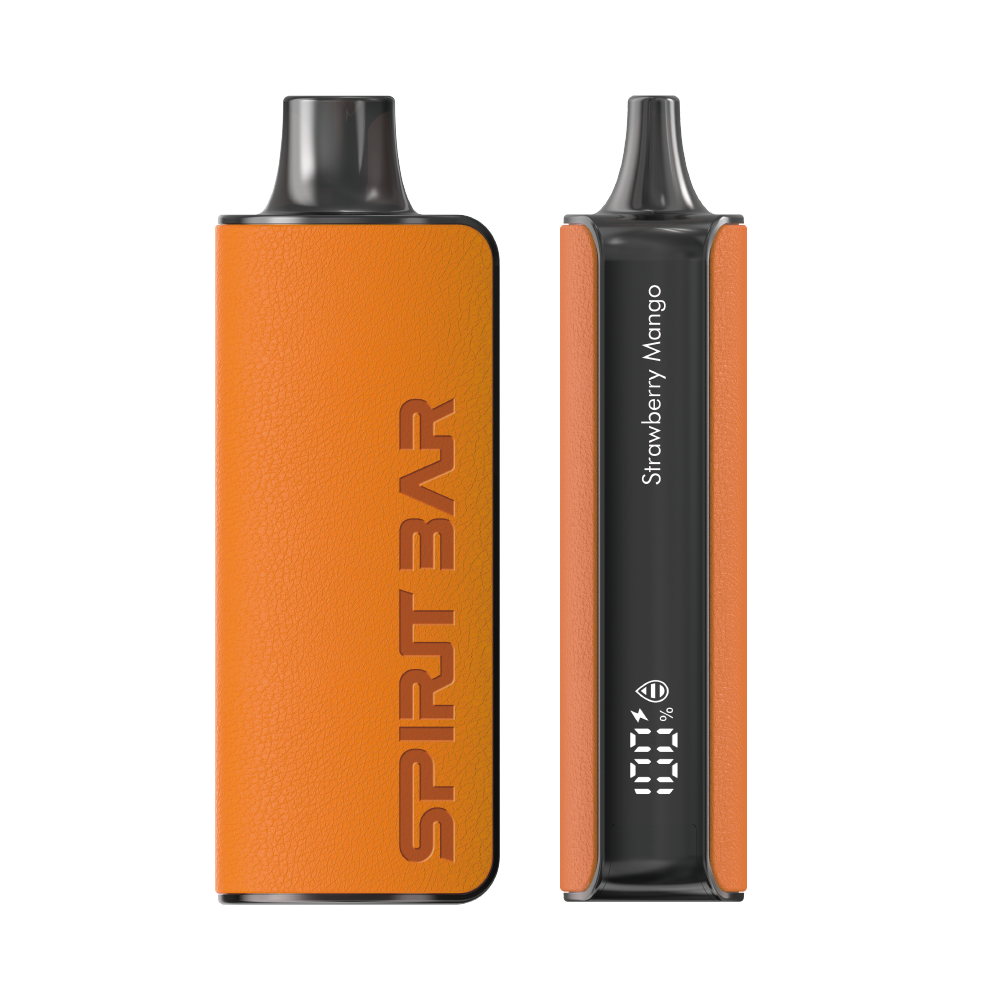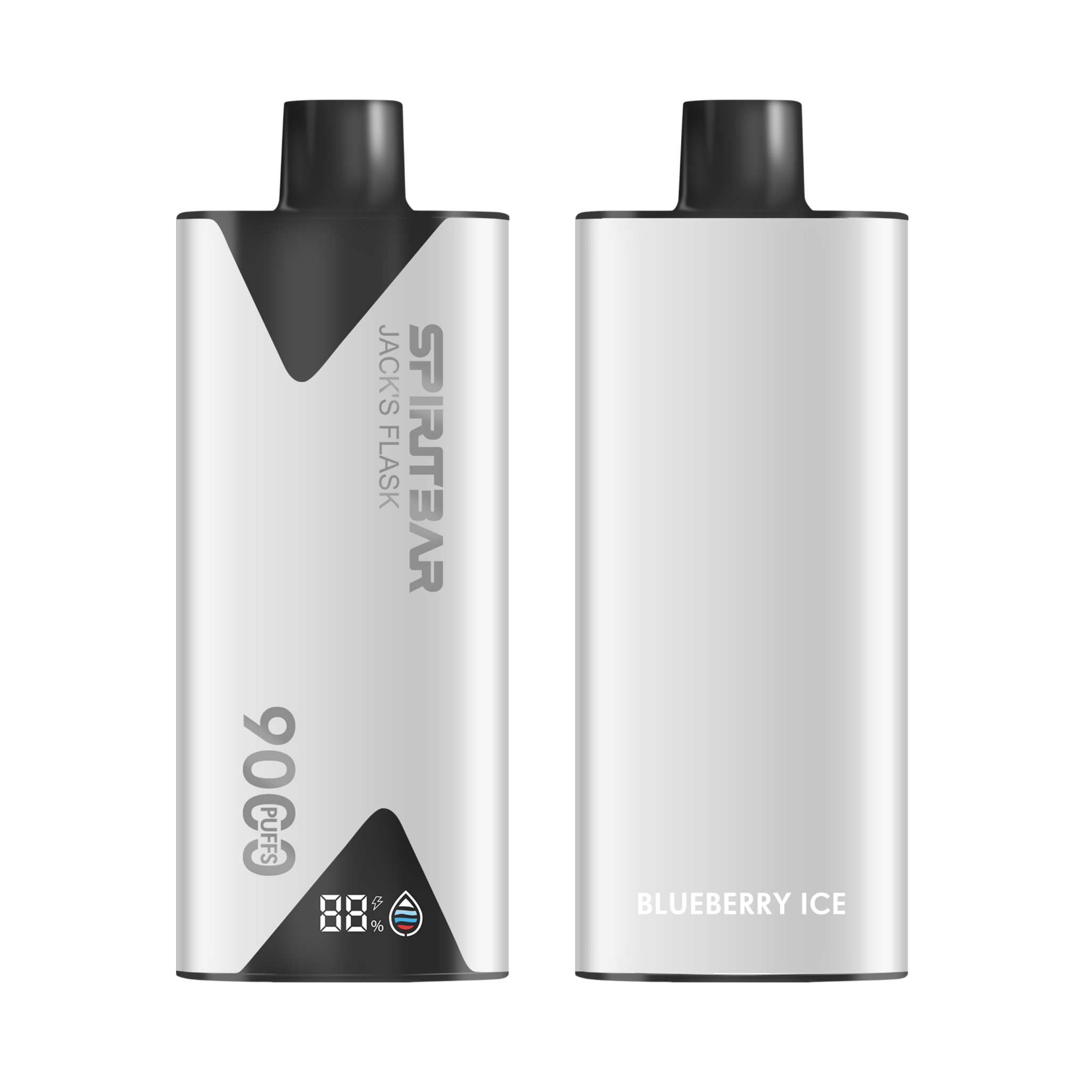Vape Juice: Toxic or Tasty? Debunking the Myth of Chemical Chaos
So, you’re curious about whether vape juice has toxic chemicals. Well, you’ve come to the right place. With the rise of vaping, there has been a lot of debate about the safety of e-cigarettes and the chemicals found in vape juice. While some people believe that vaping is a safer alternative to smoking, others argue that it’s just as harmful, if not more so. So, what’s the truth?
First things first, let’s talk about what’s actually in vape juice. Vape juice, also known as e-liquid, typically contains a combination of propylene glycol (PG) and vegetable glycerin (VG), which are used to create the vapor. It also contains flavorings and sometimes nicotine. However, studies have shown that vape juice can contain potentially harmful chemicals, including heavy metals, formaldehyde, and acrolein. These chemicals are produced when the e-liquid is heated and can be harmful to your health.
So, is vape juice toxic? The answer is not a simple yes or no. While some vape juices may contain toxic chemicals, not all of them do. It’s important to do your research and choose a reputable brand that uses high-quality ingredients. Additionally, it’s always a good idea to talk to your doctor about any health concerns you may have related to vaping.
What on Earth is Vape Juice?
https://www.youtube.com/watch?v=FRAB6DR17cM&embed=true
So, you want to know about vape juice, huh? Well, you’ve come to the right place. Vape juice, also known as e-juice or e-liquid, is the liquid that you put into your vape device to create the vapor that you inhale.
Now, you might be wondering what exactly is in this mysterious liquid. Vape juice typically contains four main ingredients: propylene glycol (PG), vegetable glycerin (VG), flavorings, and nicotine (although some vape juices are nicotine-free).
PG and VG are both food-grade additives that are commonly used in a variety of products, from cosmetics to food. PG is used to create a throat hit, which is the sensation you feel in your throat when you inhale. VG, on the other hand, is used to create thicker vapor clouds.
Flavorings are added to give vape juice its unique taste. There are countless flavors available, from fruity to dessert-inspired. And if you’re feeling adventurous, you can even mix and match flavors to create your own unique blend.
This disposable vape captures the daring spirit of the high seas with its flask styling and signature pirate e-juice flavors. The extraordinary battery life provides 9000 indulgent puffs for extended vaping pleasure. Live boldly and freely with the Jack's Flask - a legendary vaping experience fit for a pirate's adventures.
Finally, nicotine is an optional ingredient that is added to some vape juices. Nicotine is the addictive substance found in tobacco products, but in vape juice, it can be used in varying strengths or not at all.
So, there you have it. Vape juice is a simple mixture of a few key ingredients that come together to create a unique and enjoyable vaping experience. But, as with any product, it’s important to be aware of what you’re putting into your body. As we’ll see in the next section, some vape juices can contain potentially harmful chemicals.
The Not-So-Sweet Truth: Toxic Chemicals in Vape Juice
https://www.youtube.com/watch?v=suehWZFEKkQ&embed=true
So, you think vaping is a safer alternative to smoking cigarettes? Think again! While it is true that vaping produces fewer harmful chemicals than smoking, it still poses health risks. Vape juice, the liquid that is heated and turned into an aerosol for inhalation, contains toxic chemicals that can harm your health.
According to a study by the National Center for Biotechnology Information (NCBI), vape juice often contains ingredients such as propylene glycol (PG) and glycerol, mixed with concentrated flavors and, optionally, a variable percentage of nicotine. Quantitative and qualitative studies have identified a wide variety of chemical components in the cartridges, refill solutions, and aerosols of e-cigarettes.
Johns Hopkins researchers found nearly 2,000 chemicals in vape juice, the vast majority of which are unidentified. Of those the team could identify, six substances were potentially harmful, including three chemicals never previously found in e-cigarettes.
One of the main concerns about vape juice is the flavorings used. Vape juices usually include nicotine and many other additives and chemicals, and the unpredictable variety of ingredients is a problem. Flavor is just one of the ingredients in e-liquid, and the heating coil, which allows the liquid to become an inhalable aerosol, releases new chemical substances and trace metals that go into the body.
In addition, lacing e-cigarette liquid with sweeteners like sucralose is probably not a sweet idea. Vaping the synthetic sweetener may generate harmful chemicals, researchers report.
So, what’s the bottom line? Vape juice does contain toxic chemicals that can harm your health. While vaping may be less harmful than smoking, it is still not safe. If you’re looking to quit smoking, there are many other alternatives that are safer and healthier.
Hazardous Chemicals: A Closer Look
This disposable vape captures the daring spirit of the high seas with its flask styling and signature pirate e-juice flavors. The extraordinary battery life provides 9000 indulgent puffs for extended vaping pleasure. Live boldly and freely with the Jack's Flask - a legendary vaping experience fit for a pirate's adventures.
So, you’re wondering if vape juice has toxic chemicals? Well, let’s take a closer look at the ingredients and find out!
Nicotine: Not Just Addictive
First up, we have nicotine. Sure, it’s addictive, but that’s not the only issue. Did you know that nicotine is a poisonous substance? That’s right, it can be toxic at high doses. So, if you’re not careful with your vaping habits, you could be putting yourself at risk.
Propylene Glycol and Vegetable Glycerin: More Than Just Fancy Names
Next, we have propylene glycol and vegetable glycerin. These are the main ingredients that make up the base of most vape juices. They give the vapor its thickness and create that satisfying throat hit. But, did you know that these ingredients can also have negative effects on your health? Propylene glycol has been known to cause irritation in some people, while vegetable glycerin can cause allergic reactions.
Flavorings: A Wolf in Sheep’s Clothing
Finally, we have the flavorings. This is where things can get a little tricky. While flavorings may seem harmless, they can actually be the most hazardous part of vape juice. Many flavorings contain diacetyl, a chemical that has been linked to a serious lung condition called popcorn lung. So, if you’re not careful with your flavor choices, you could be putting your health at risk.
In conclusion, while vaping may seem like a harmless habit, it’s important to remember that there are hazardous chemicals in vape juice. By being aware of the potential risks and making informed choices about the products you use, you can reduce your risk of harm.
Health Impacts: The Grim Reality
Well, well, well, look who’s back! You, the vape enthusiast, are probably wondering what the health impacts of vaping really are. Let’s dive into the grim reality, shall we?
First off, let’s talk about the toxic chemicals found in vape juice. A study conducted by Johns Hopkins University found thousands of unknown chemicals in vape juice, including industrial chemicals and pesticides. Yikes! Not exactly what you want to be inhaling, right?
But wait, there’s more! Vaping can also lead to respiratory issues. The BMJ reports that the widespread uptake of vaping has signaled a sea change in the future of nicotine consumption. However, the impact of vaping on respiratory health is still being studied. So, while we don’t know the full extent of the damage yet, it’s probably best to err on the side of caution.
And let’s not forget about nicotine. Many vape juices contain nicotine, even if they’re labeled “nicotine-free.” Nicotine is highly addictive and can have negative effects on your heart and lungs. Plus, it’s just not a good look to be addicted to something, am I right?
In conclusion, vaping may seem like a harmless alternative to smoking, but the truth is, it’s not. The toxic chemicals found in vape juice and the potential respiratory issues make it a risky choice. So, if you’re looking for a healthier alternative to smoking, maybe try chewing gum or taking up knitting. Your lungs will thank you.
The Great Deception: Marketing Tactics
Ah, the world of advertising. It’s a place where anything goes, and truth is often stretched to the breaking point. The vaping industry is no exception. In fact, some might say that it’s one of the worst offenders.
You see, vape juice manufacturers have been caught using some pretty deceptive marketing tactics over the years. They’ve marketed their products as safe, healthy, and even “all natural.” But the truth is, vape juice contains a whole host of toxic chemicals that can be harmful to your health.
One of the most common tactics used by vape juice manufacturers is to market their products as “all natural.” They’ll use buzzwords like “organic” and “chemical-free” to make you think that you’re getting a healthier alternative to smoking. But the truth is, vape juice is anything but natural. It contains a whole host of chemicals, including propylene glycol, glycerin, and various flavorings.
Another common tactic is to market their products as “safe.” They’ll claim that vaping is a healthier alternative to smoking, and that it’s completely harmless. But the truth is, vaping can be just as harmful as smoking. In fact, some studies have shown that vaping can actually be more harmful than smoking.
So, the next time you see an ad for vape juice, remember that it’s all just a big deception. Don’t be fooled by the marketing tactics of these companies. Instead, do your own research and make an informed decision about whether or not vaping is right for you.
Regulations and Safety Measures
So, you’re wondering if vape juice has toxic chemicals. Well, the answer is not as simple as a yes or no. It depends on the specific ingredients in the vape juice.
However, there are regulations and safety measures in place to try and minimize any potential harm. The FDA’s Center for Tobacco Products (CTP) has regulatory authority over all Electronic Nicotine Delivery Systems (ENDS), including e-cigarettes and vape juice. The CTP has set standards for the manufacturing, labeling, and marketing of these products.
One of the safety measures is the use of child-resistant packaging to prevent accidental ingestion. Additionally, vape juice manufacturers must list all ingredients on the label, including any potential harmful chemicals. It’s important to note that not all chemicals are harmful, and some are actually found in everyday foods and products.
To ensure compliance with these regulations, the FDA conducts inspections of vape juice manufacturers and retailers. If a product is found to be non-compliant, the FDA can take enforcement action, such as issuing warning letters or seizing products.
In addition to regulatory measures, there are also steps you can take to minimize any potential harm. For example, you can choose vape juice that is free of certain chemicals, such as diacetyl and acetyl propionyl, which have been linked to lung disease. You can also make sure to properly store and dispose of your vape juice to prevent accidental ingestion.
Overall, while there are regulations and safety measures in place, it’s important to be aware of the potential risks associated with vaping and to make informed choices about the products you use.

